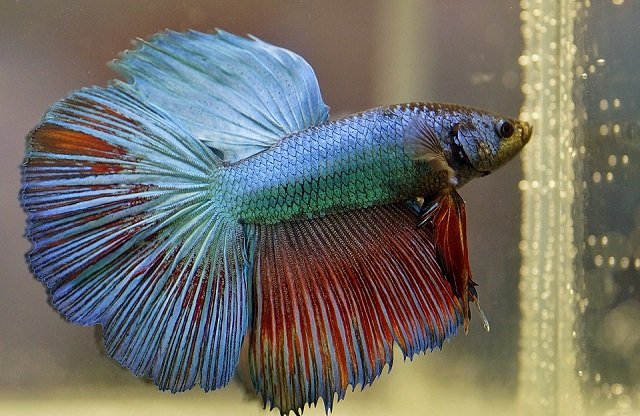UK.- IFFO, The Marine Ingredients Organisation, has calculated new Fish In: Fish Out ratios (FIFO) for 2015 and for the first time FIFO figures for salmonids are below 1. Calculated with FAO data, Fish In: Fish Out ratios (FIFO) have been used by as a way of reviewing the consumption of wild fish by the sector since the 1990s. Salmonids have drawn attention on this subject in the past, and have been criticised previously for their use of fishmeal and fish oil. In 2015 the sector produced more fish protein than it consumed.
Previously, IFFO provided figures for FIFO for 2000 and 2010 and has now updated these using 2015 production and consumption data. The 2015 figures retain the trend of reducing FIFOs seen between 2000 and 2010. Overall fed aquaculture FIFOs have declined from 0.63 to 0.33 to 0.22 over the period. Succinctly put, this means that for every 1kg of wild fish consumed by the aquaculture industry as feed, a total of 4.55kg of farmed fish was produced in 2015. As aquafeed volume has continued to increase against a background of finite fishmeal and fish oil supply, we may expect that in 2017 the figure is even higher.
IFFO’s Technical Director Dr Neil Auchterlonie, who calculated these figures noted “the fishmeal industry supports the production of a significantly greater volume of protein for humanity than would be supplied merely through the direct consumption of the fish used as raw material in the production process. This represents a significant contribution to global food security.”
To read the full report click here.
http://www.iffo.net/position-paper/fish-fish-out-fifo-ratios-conversion-wild-feed
Source: IFFO
Editor at the digital magazine AquaHoy. He holds a degree in Aquaculture Biology from the National University of Santa (UNS) and a Master’s degree in Science and Innovation Management from the Polytechnic University of Valencia, with postgraduate diplomas in Business Innovation and Innovation Management. He possesses extensive experience in the aquaculture and fisheries sector, having led the Fisheries Innovation Unit of the National Program for Innovation in Fisheries and Aquaculture (PNIPA). He has served as a senior consultant in technology watch, an innovation project formulator and advisor, and a lecturer at UNS. He is a member of the Peruvian College of Biologists and was recognized by the World Aquaculture Society (WAS) in 2016 for his contribution to aquaculture.




